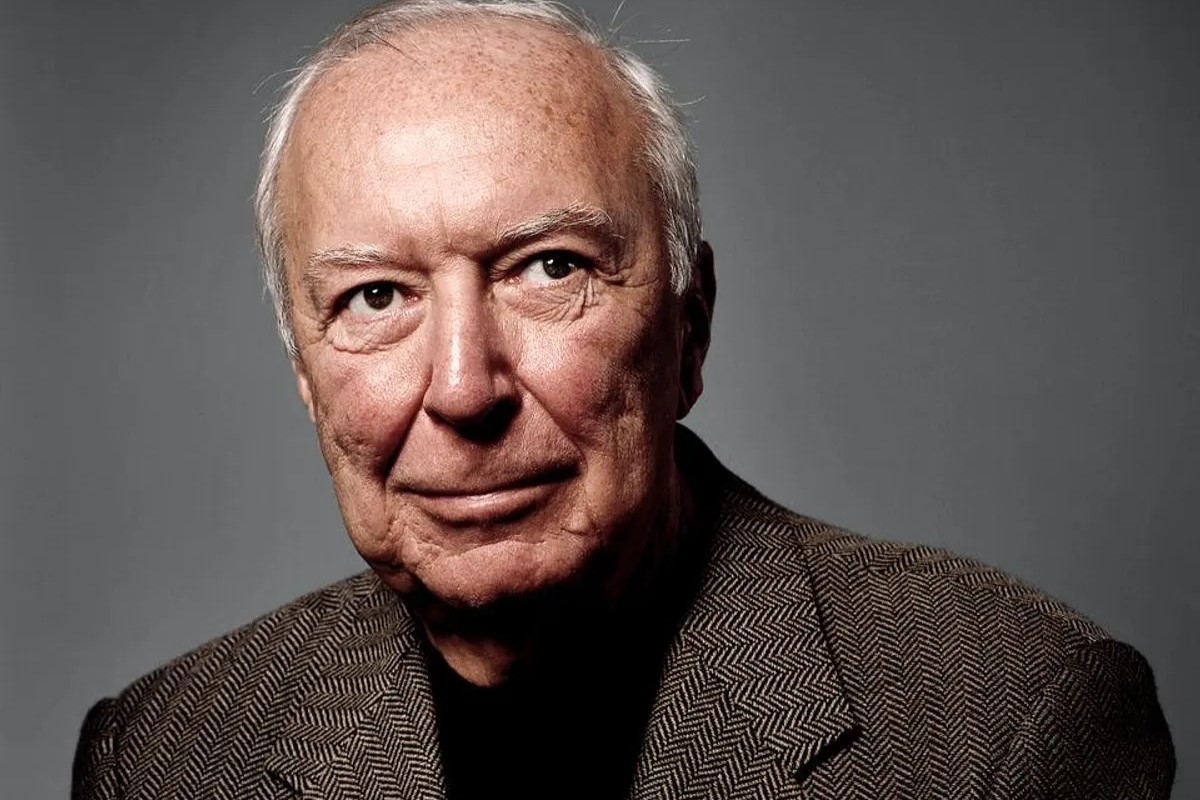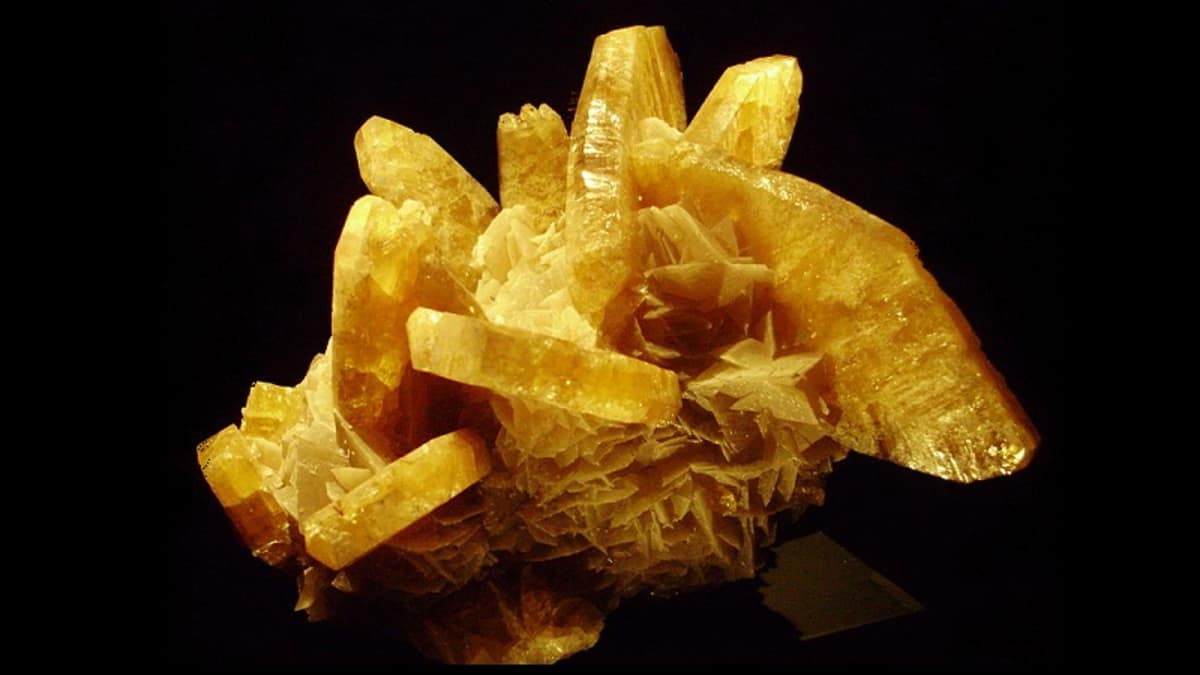
Known for his iconic depictions of the American flag and other familiar symbols, Jasper Johns is one of the most influential and celebrated artists of the 20th century. Born in Augusta, Georgia in 1930, Johns began his career in the 1950s and quickly rose to prominence with his unique blend of abstraction and representation. Through his innovative use of materials and imagery, Johns challenged traditional notions of art and paved the way for the Pop Art movement.
In this article, we will explore 23 astounding facts about Jasper Johns that shed light on his life, artistic process, and lasting impact on the art world. From his revolutionary use of found objects to his collaborations with famous musicians, we delve into the fascinating details that make Johns a true artistic icon. So, prepare to be amazed as we dive into the world of Jasper Johns and uncover the captivating story behind his remarkable career.
Key Takeaways:
- Jasper Johns revolutionized art with his innovative approach, incorporating everyday objects like flags and targets into his work, blurring the lines between fine art and popular culture.
- Johns’ iconic Flag and Target paintings, along with his use of text and recurring symbols, continue to inspire and influence artists, leaving a lasting impact on the art world.
Early Life and Education
Jasper Johns was born on May 15, 1930, in Augusta, Georgia. He grew up in South Carolina and studied at the University of South Carolina before moving to New York City.
Revolutionary Artistic Style
Johns is famous for his innovative approach to art. He broke away from traditional artistic conventions by incorporating everyday objects, such as flags and targets, into his work.
Flag Paintings
One of Johns’ most iconic series is his Flag paintings. He skillfully depicted the American flag using a variety of mediums, including paint, collage, and encaustic.
Pop Art Pioneer
Considered one of the pioneers of Pop Art, Johns blurred the boundaries between fine art and popular culture, challenging traditional notions of what art could be.
Collaboration with Robert Rauschenberg
Johns and fellow artist Robert Rauschenberg were close friends and collaborators. They shared a studio in New York City and influenced each other’s artistic development.
Target Paintings
Inspired by everyday objects, Johns created a series of Target paintings. These works showcase his use of bold, graphic imagery and demonstrate his fascination with repetition and symbolism.
Artistic Techniques
Johns experimented with various artistic techniques, including collage, printmaking, and sculpture. He pushed the boundaries of traditional mediums and embraced new approaches to art-making.
The Gray Period
During the late 1950s and early 1960s, Johns entered a phase known as the Gray Period. His works during this time predominantly featured gray tones and explored themes of neutrality and ambiguity.
Crosshatch Paintings
One of Johns’ lesser-known series is his Crosshatch paintings. These intricate works showcase his meticulous attention to detail and his fascination with texture and surface.
Words in Art
Johns often incorporated text and words into his artwork. He played with language and meaning, adding another layer of depth to his already complex and thought-provoking pieces.
Artistic Influences
Johns drew inspiration from artists such as Marcel Duchamp, Pablo Picasso, and Willem de Kooning. Their innovative approaches to art fueled his own experimentation and creativity.
Museum of Modern Art Exhibition
In 1958, Johns had his first major solo exhibition at the Museum of Modern Art in New York City. The show catapulted him into the spotlight and solidified his position as a leading figure in the art world.
Sculptural Works
In addition to his two-dimensional works, Johns also explored sculpture. He created three-dimensional pieces using various materials, including bronze and aluminum.
Flag and Map Motifs
Johns frequently incorporated flag and map motifs into his artwork, exploring themes of identity, nationalism, and personal experience.
Presidential Medal of Freedom
In 2011, Johns received the Presidential Medal of Freedom from President Barack Obama. This prestigious award recognizes individuals who have made significant contributions to the United States.
Retrospective Exhibitions
Throughout his career, Johns has had numerous retrospective exhibitions, showcasing his body of work and its evolution over time. These exhibitions have been held at renowned art institutions around the world.
Artistic Collaboration with John Cage
Johns collaborated with composer John Cage on several projects. Cage’s experimental music and Johns’ innovative artwork merged to create unique interdisciplinary experiences.
Color Palette
While primarily known for his use of primary colors, such as red, yellow, and blue, Johns also incorporated a wide range of hues into his work, allowing him to evoke various emotions and meanings.
Legacy in the Art World
Johns’ contributions to the art world have had a lasting impact. His unique artistic vision and innovative techniques continue to inspire and influence generations of artists.
Honorary Degrees
In recognition of his significant contributions to the arts, Johns has received numerous honorary degrees from esteemed institutions, acknowledging his influence and expertise.
Persistent Symbolism
Throughout his work, Johns often incorporated recurring symbols, such as the target, flag, and numbers, giving his art a sense of continuity and thematic exploration.
Private and Elusive Character
Despite his fame, Johns remains a private and elusive figure. He rarely grants interviews or appears in public, preferring to let his artwork speak for itself.
Continuing Artistic Practice
To this day, Jasper Johns continues to create art. His new works reflect his ongoing exploration of artistic concepts, ensuring his legacy endures for future generations.
There you have it — 23 astounding facts about Jasper Johns. This influential artist’s unique perspective and groundbreaking artistic contributions have cemented his place in art history.
Conclusion
Jasper Johns is undeniably one of the most influential and celebrated figures in the art world. His groundbreaking artwork, innovative techniques, and thought-provoking themes have captivated audiences for decades. From his iconic American flag to his groundbreaking use of everyday objects, his work continues to inspire and challenge the boundaries of traditional art.Through this article, we have explored 23 astounding facts about Jasper Johns. We have delved into his early life, artistic influences, notable works, and enduring legacy. From his humble beginnings in rural South Carolina to his rise to international fame, Johns has left an indelible mark on the art world.Whether you are a long-time admirer of Jasper Johns or just discovering his work, exploring these facts has undoubtedly deepened your understanding and appreciation for this artistic genius. Jasper Johns has reshaped the art world, and his contributions will continue to reverberate for generations to come.
FAQs
Q: What is Jasper Johns best known for?
A: Jasper Johns is best known for his iconic paintings of the American flag and other everyday objects. His work challenged the boundaries of traditional art and explored themes of identity, perception, and symbolism.Q: When was Jasper Johns born?
A: Jasper Johns was born on May 15, 1930, in Augusta, Georgia, United States.Q: What artistic movement is Jasper Johns associated with?
A: Jasper Johns is associated with the Neo-Dada and Pop Art movements. His work emerged in the 1950s and 1960s and had a significant impact on the art world.Q: Has Jasper Johns received any awards or honors?
A: Yes, Jasper Johns has received numerous awards and honors throughout his career. He was awarded the Presidential Medal of Freedom in 2010 and inducted into the American Academy of Arts and Letters in 1988.Q: Where can I see Jasper Johns’ artwork?
A: Jasper Johns’ artwork can be found in major museums and galleries around the world, including the Museum of Modern Art (MoMA) in New York, the National Gallery of Art in Washington, D.C., and the Tate Modern in London.
Jasper Johns' groundbreaking work paved the way for countless artists, much like Jackson Pollock's Abstract Expressionism revolutionized the art world. Contemporary art enthusiasts might also find inspiration at the Glasgow International Festival of Visual Art, a celebration of modern creativity. Don't miss the opportunity to immerse yourself in the captivating world of visual art through these thought-provoking events and artists.
Was this page helpful?
Our commitment to delivering trustworthy and engaging content is at the heart of what we do. Each fact on our site is contributed by real users like you, bringing a wealth of diverse insights and information. To ensure the highest standards of accuracy and reliability, our dedicated editors meticulously review each submission. This process guarantees that the facts we share are not only fascinating but also credible. Trust in our commitment to quality and authenticity as you explore and learn with us.


